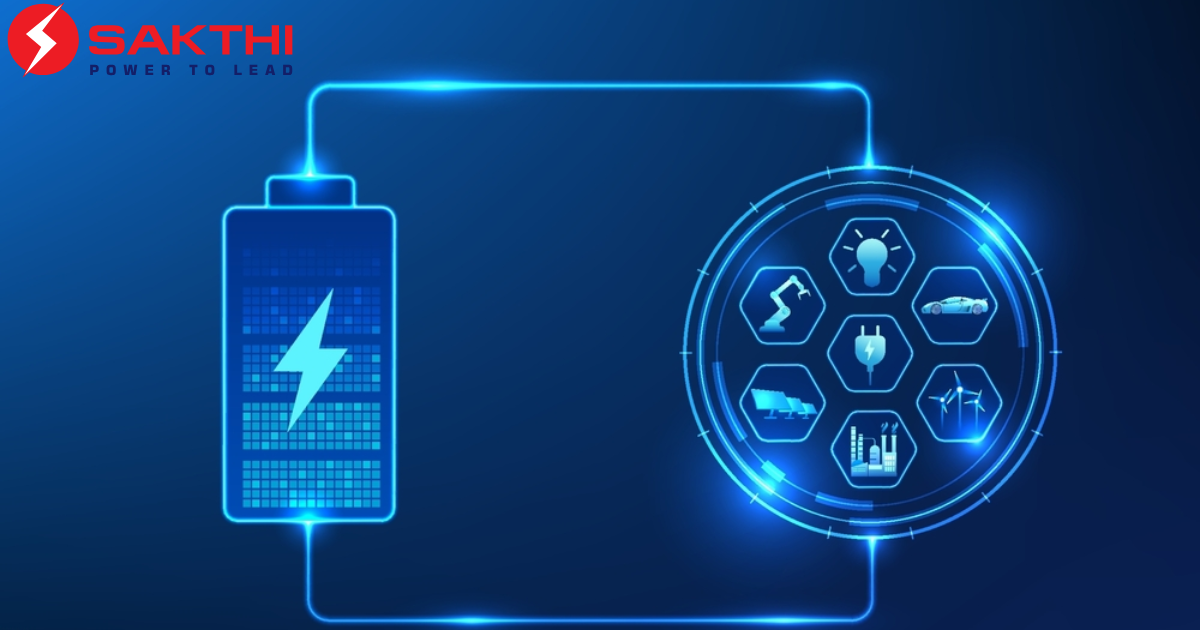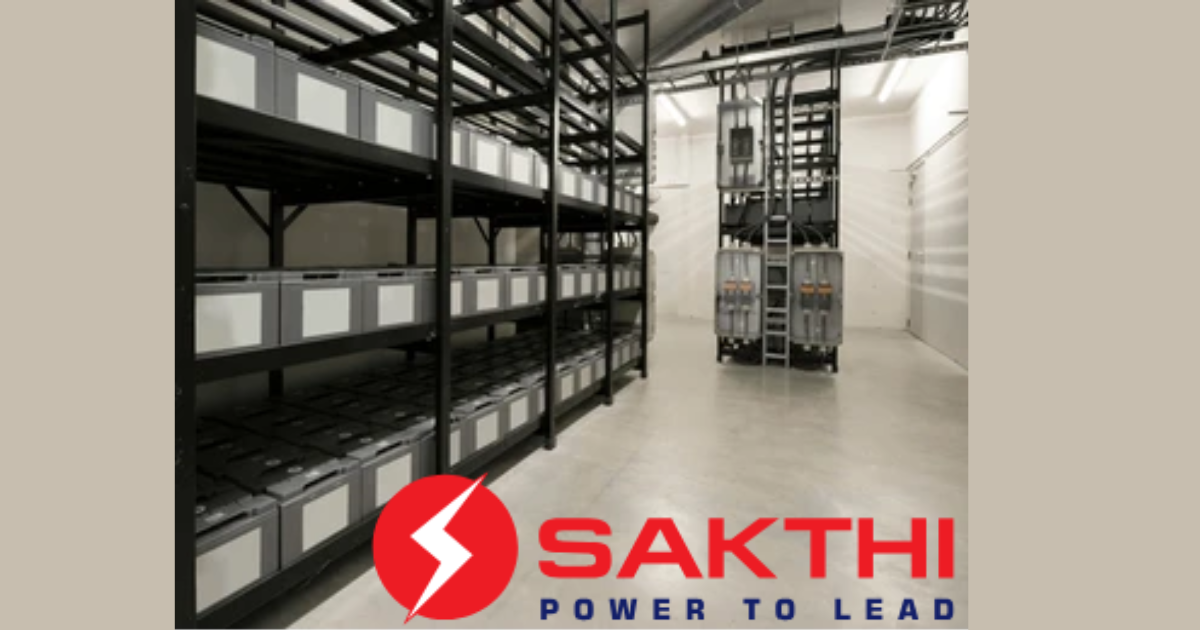As the demand for electric vehicles (EVs) grows, e-rickshaws are becoming increasingly popular, especially in urban areas. These eco-friendly vehicles provide a sustainable and cost-effective mode of transport, reducing the carbon footprint and providing an affordable solution for last-mile connectivity. However, like all vehicles, e-rickshaws require proper maintenance to ensure optimal performance and longevity. One of the most critical aspects of e-rickshaw maintenance is the care of the battery, which is the heart of any electric vehicle. As a trusted e-rickshaw battery manufacturer, Sakthi provides durable and long-lasting e-rickshaw batteries designed for reliable performance.
Understanding the Role of the E-Rickshaw Battery
The battery in an e-rickshaw plays a vital role in storing and supplying the energy required to drive the vehicle. Most e-rickshaws are powered by Lithium-ion or Lead-acid batteries, which provide the necessary energy to the motor. The battery not only determines the range and efficiency of the e-rickshaw but also affects its speed, performance, and maintenance costs.
Given the heavy reliance on batteries, their upkeep is paramount. Regular maintenance ensures the battery operates at its best, delivers optimal performance, and prevents costly repairs or replacements. Inadequate maintenance can lead to reduced battery life, inefficient performance, and unexpected breakdowns, which can severely affect the daily operation of e-rickshaw owners. Always choose good quality batteries from reputable E-rickshaw battery manufacturers to ensure high performance.
Why Regular Battery Maintenance is Essential
- Maximizes Battery Life
One of the primary reasons for regular maintenance is to maximize the lifespan of the e-rickshaw battery. Batteries can lose their efficiency over time due to improper charging practices, discharging to extreme levels, or neglecting the need for regular checks. By ensuring proper charging cycles, cleaning the terminals, and preventing overcharging or deep discharging, owners can extend the life of their batteries, avoiding the need for expensive replacements.
- Improves Performance
A well-maintained battery improves the overall performance of the e-rickshaw. Regular maintenance helps in detecting any issues early on, preventing sudden breakdowns or dips in performance. For instance, checking the battery voltage and ensuring it stays within an optimal range ensures smooth power delivery to the motor, providing a steady and reliable ride.
- Reduces Operating Costs
By maintaining the battery properly, e-rickshaw owners can significantly reduce operating costs. Poor battery performance can lead to inefficiency, meaning the e-rickshaw will require more energy to travel the same distance, increasing electricity costs. Moreover, neglecting maintenance could lead to more frequent repairs, adding to the overall cost of ownership. Keeping the battery in good condition ensures minimal downtime and lower maintenance costs in the long run.
- Ensures Safety
A neglected battery can pose serious safety risks. For instance, damaged or poorly maintained batteries are more prone to overheating, leakage, or even explosion in extreme cases. Regular maintenance, such as inspecting for any signs of corrosion or wear and tear, ensures that the battery remains safe for operation. This not only protects the driver but also ensures the safety of passengers and others on the road.
- Prevents Sudden Breakdowns
E-rickshaw owners often rely on their vehicles for daily income, making a sudden breakdown a significant inconvenience. Regular battery checks can help detect problems early, allowing owners to address issues before they escalate into a breakdown. By monitoring the battery’s health, such as checking for low charge, damaged cells, or abnormal wear, owners can keep their e-rickshaw running smoothly, avoiding unexpected downtimes.
Tips for Proper E-Rickshaw Battery Maintenance
- Proper Charging Practices
Always follow the manufacturer’s guidelines for charging the battery. Avoid overcharging or undercharging, as both can reduce the battery’s lifespan. Use a charger that is compatible with the battery’s specifications.
- Keep the Battery Clean
Dirt, dust, and corrosion on the battery terminals can affect its performance. Regularly clean the terminals using a soft cloth and apply a battery terminal protector to prevent corrosion.
- Check Battery Voltage Regularly
Monitoring the voltage levels ensures that the battery is working optimally. Low voltage may indicate a problem with the battery that needs to be addressed.
- Avoid Deep Discharge
Avoid draining the battery completely before recharging, as deep discharges can damage the cells and reduce their efficiency.
5. Storage Conditions
If you are storing your e-rickshaw for a period of time, ensure that the battery is stored in a cool, dry place, away from direct sunlight. Avoid leaving the battery in a fully charged or completely discharged state for extended periods.
Conclusion
Regular battery maintenance is crucial for ensuring the longevity, safety, and efficiency of e-rickshaws. It’s essential for e-rickshaw owners to invest time in maintaining their batteries properly. With the right care, owners can enjoy smooth, reliable performance, minimize operating costs, and extend the life of their vehicles. Regular maintenance is an investment that pays off in the long term, ensuring that your e-rickshaw continues to serve you efficiently and cost-effectively for years to come.









